Once a film producer with the Midas touch and today the much-discussed CBFC chairman, Pahlaj Nihalani has been in the eye of many storms. The man who has variously been called filmdom's 'iron man', 'B-film producer' and 'Modi acolyte' tells Roshni Nair he exorcises the ghosts of the present by avoiding negativity
If life is a song, two lines from Toote hue khwabon ne, from his favourite film Madhumati (1958), encapsulate Pahlaj Nihalani's ongoing stint as chairman of the Central Board of Film Certification (CBFC):
Kya apni tamanna thi, kya saamne aya hai,
Dil ne, dil ne jise paaya tha, aankhon ne gavaya hai.
The embattled 66-year-old, of course, does not see it that way. He exorcises the ghosts of his present, he says, by avoiding negativity and not watching or reading the news about himself.
Nihalani should reconsider his last claim. On a corner table lie copies of Society magazine's March edition with him on the cover, headlined 'Raw and Uncensored'.
Trade magazines, coffee table books and an awards unit find equal footing in his Khar office, as does a framed photograph of a much younger Nihalani carrying a toddler on his shoulders.
"That's Sonakshi (Sinha)," he smiles, harking to his friendship Shatrughan Sinha. Their association began 12 years before Haathkadi (1982), the film that would kick off subsequent collaborations in eight productions.
"I first met him at Jai Hind College, where (wife, and then-girlfriend) Neeta was studying. Sonu (Sinha) was the chief guest at a function and she wanted an autograph from him. I told her, 'Why do you want an autograph from a villain? Take it from a hero'," Nihalani laughs.
So inseparable were the duo for a good part of the 1980s-90s that film journalist Bharathi Pradhan notes in her Shatrughan Sinha biography, Anything But Khamosh, that former Delhi chief minister Sahib Singh Verma likened Nihalani as the Hanuman to Sinha's Ram. It would take little time for the distributor-turned-producer to earn friends (Yashwant Sinha) and enemies (late Gopinath Munde and Pramod Mahajan) in a clique-driven BJP.
Today's headmaster, yesterday's mutineer
Irony takes a swig when Nihalani recalls his two major run-ins with censorship. The first, Khada hai khada hai – the smutty number from his production and David Dhawan's Andaz (1994) – is always talked about when Nihalani decries 'vulgarity' in contemporary cinema. He removed the song voluntarily despite then-CBFC chief Shakti Samanta having no qualms, he says.
"Because I didn't want a tamasha. They (Gopinath Munde and Pramod Mahajan camps) singled me out because of my friendship with Shatrughan Sinha. The board found nothing objectionable, but I didn't want to drag matters and dropped the song in later prints."
The second big clash – over a scene in Dil Tera Diwana (1996) where Twinkle Khanna's cycling shorts were objected to since they were visible under her skirt and (hilariously) mistaken for underwear – is equally well-known. "I even took the cycling shorts to the CBFC to show it to them. But they still wanted the cut. So I went ahead," Nihalani shrugs.
Nihalani the apostate goes a long way back. Atul Mohan, editor of trade journal Complete Cinema, remembers him as one of the first anti-piracy crusaders. "Film piracy peaked in the 1980s because of VHS tapes and unlicensed video parlours. And nobody could tackle it," he explains. "Nihalani, who had a good rapport with the Mumbai police, helped conduct raids and came into the limelight for this campaign."
The 1990s – when the extent of the underworld's overreach in Hindi cinema came into the limelight – too saw the producer defy the unwritten rule of silence. "Because of his police connections, Nihalani was able to get security detail for stars who were threatened. He spoke out against the mafia when no one else did and was considered the industry's iron man," he adds.
The oldest of four scions of a Sion-based family that ran a yarn business on Abdul Rehman Street, Pahlaj Nihalani never had a yen to swim with the tide. A family outing to watch another favourite, the Sindhi film Abana, would spur subsequent visits to cinemas during school hours. His father's death when he was 10 pushed him to take over the reins and oversee the joint family's trysts with film distribution. By the time he was 12, Nihalani had distributed the reissue of Sangram, Zindagi Aur Khwab, and a spate of Dara Singh movies. Eager to become a big fish, he left the family trade, starting a polythene business to cushion any challenges to his vision.
His first break was Saawan Kumar Tak's Naunihal (1967), but Nihalani cites 1975 as his big year. "I'd just opened an office in Tardeo when Emergency was declared. I had to distribute Gautam Govinda,Chor Sipahee and Hatyara, but the Board was delaying film clearances. Producers started changing storylines out of desperation," he recalls. "I told Shyam Sunder Shivdasani (producer, Gautam Govinda and Chor Sipahee) not to make changes, but he went ahead. Both films bombed. Hatyara was unchanged on my insistence and made Rs. 50 lakh in those days."
Mr Midas
"RGV ke pehle inhi ki factory hoti thi," says author and film journalist Dilip Thakur, referring to the back-to-back films Nihalani produced from '88-'94. "Now one sees his films and thinks 'B grade', but he was infallible in those days. Shola Aur Shabnam and Aankhen are his most famous productions, but even Paap Ki Duniya and Aag Ka Gola did well in small centres. He had tremendous mass appeal."
Nihalani's mahurats and music launches were must-attend dos, with distributors, exhibitors and actors vying to strike plum deals with the man. Maann Singh Deep, who produced a handful of Mithun Chakraborty films and was part of Nihalani's circle, says: "Aag Ka Gola was the turnaround in Sunny Deol's career, which was in a slump. With Aandhiyan, he launched Prosenjit Chatterjee in Hindi films and gave Mumtaz a comeback. He'd organised a big launch for Saif Ali Khan too, but that film never got made."
Nihalani, he continues, was also known for his largesse. "He bailed me out when I was a fledgling writer in the '80s, loaning Rs. 18,000 – a big sum then – without batting an eyelid. I'm not the only he helped this way. Ask anyone in the industry, and they'll have a story to tell."
Meanwhile, the story of how Govinda made it into filmdom is one for the books. On the anvil was action film Rampuri, starring Shatrughan Sinha and Mithun Chakraborty. Sinha, a notorious latecomer, rankled a punctual Chakraborty, who asked that Nihalani make a solo film with him. Not one to entertain any criticism of his friend, the producer bid adieu to the dancing star. Around the time, a 22-year-old Govinda was distributing his show reels in producers' offices. A disinterested Nihalani would have looked the other way if not for his dance moves. In no time, he ordered a rewrite of Rampuri to accommodate Govinda in what would become his debut, Ilzaam.
Chunky Pandey, another Nihalani discovery, owes his first film Aag Hi Aag to a Gordian Knot. "I met him in the washroom of Holiday Inn. He was wearing a kurta-pyjama and couldn't open the naada, so I helped him," Nihalani laughs. "At a party the next day I met Anju Mahendru, who said she had a promising boy to introduce to me. It ended up being Chunky. He was very embarrassed."
The careers of David Dhawan, Neelam Kothari and Anees Bazmee also skyrocketed, as Maann Singh Deep puts it, "with Nihalani's Midas touch".
Crunch time
But the Midas myth does not end well. Post-Aankhen films like Andaz, Dil Tera Diwana and Talaash: The Hunt Begins tanked. But Nihalani's tenure as president of the Association of Pictures and TV Programme Producers (AMPTPP; now the Indian Film and TV Producers Council) reinforced his political ties, with the CBFC chief even claiming, as Bharathi Pradhan notes in Anything But Khamosh, that he mooted the idea of Indian multiplexes.
[India's first multiplex, Coimbatore's KG Complex, was inaugurated in the 1970s. Whether Nihalani is genuinely unaware or takes credit for the multiplex boom is immaterial. The paradox of a man who rails against the kind of cinema – urbane, reformist, antithetical to mass entertainment – suited for multiplexes is amusing to a fault.]
"I also helped get rid of black money and convinced banks to provide funding. And while we were shooting Aandhi Toofan in the '80s, we organised a Star Night charity show in Kathmandu. I'd organise shows with actors and singers for the police too. That's how live shows became a trend," Nihalani asserts.
His 29-year stint as AMPTPP president may have been pebbled with milestones, but a run of stalled films, including the Govinda and Sunny Deol-starrer Avatar, did no good. With evolving filmmaking approaches and sensibilities easing out the older generation of producers, Nihalani was in a tight spot. Rumours about Govinda being miffed with Nihalani for vowing to launch daughter Narmada but not following through did rounds. This, Nihalani flatly denies.
"I don't know what the issue was, but Govinda once told me 'Nihalaniji has started thinking he's god.' When the time of a successful man is up, he tends to get crabby. Nihalaniji's workload at AMPTPP, settling disputes and other matters, may have also made him irritable," says Maann Singh Deep.
Dilip Thakur agrees. "He's a contentious CBFC chief, but so were the others. No CBFC chairman, whether Leela Samson, Anupam Kher or Sharmila Tagore was politically unaligned or immune to questionable decisions. Controversy comes with this territory. Nihalani's sore point is his inability to figure whether he has to work for the industry, the government, or audiences."
A member of the CBFC advisory panel, on condition of anonymity, claims Nihalani is a thorn for members for whom freebies and money under the table are the norm. Producers would order snacks for members prior to film viewings, he says, a practice Nihalani checked by billing expenses to the Board instead. "Board members don't review films on weekends, but he does so if required and makes them do it too. He's trying to expel censor agents ('middlemen' between producers and CBFC members) and refuses to accept prints that aren't final. People don't like that he's changing things here."
The panel member adds that Board member Ashok Pandit and filmmaker Madhur Bhandarkar, who though sharing the same political ideology as Nihalani, slam him "because they'd lobbied for the chairman's post and got bitter when they didn't get it."
The truth may lie between such accounts and publicised instances of Nihalani's overreach (The Battle of Banaras, En Dino Muzaffarnagar and Udta Punjab). Quiz Nawab Arzoo about whether Nihalani was a difficult producer, and he responds with a sharp 'no'.
"He was involved in everything from costumes and locations to story sessions, which is rare for a producer. People addressed him as 'Sethji' because whether a spot boy or director, he treated everyone well and paid them on time," says script writer and lyricist Arzoo, who penned the screenplay of Dil Tera Diwana.
"He could be stubborn, though not averse to suggestions. When someone does bachche ki tarah harkat, people may not understand the intent behind such behaviour."
************
Nihalani is guarded when asked if PM Narendra Modi acknowledged his tribute videos Har Har Modi, Ghar Ghar Modi and Mera Desh Mahaan. Since everyone watched them, wouldn't the PM see them too, he retorts.
"Not necessarily."
"I delivered the CDs myself. I spoke to his office too and they received it."
"Did the PM thank you personally?"
"'Acknowledgement' is a technical word. If you receive something and don't object to it, you've accepted it. But I have no expectations. I made the videos for him and the nation, not for personal gain."
He may be seemingly unaffected by goings-on in and around the CBFC, but Nihalani misses holding the producer's reins. He's finalised five scripts, two of which have registered titles 'Bol India Bol' and 'Sanskaari' – the latter, his bid to reclaim a perceived slur.
But the film closest to his heart is one he's yet to incubate. Gesturing to a Hindi book on his desk titled 'Aao Hind Mein Sindh Banaye', he avers:
"We Sindhis have done well but not ensured our combined interests and maintained our cultural heritage. I will make a film one day on Sindhi history and culture. For the nation."
![submenu-img]() MBOSE 12th Result 2024: HSSLC Meghalaya Board 12th result declared, direct link here
MBOSE 12th Result 2024: HSSLC Meghalaya Board 12th result declared, direct link here![submenu-img]() Apple iPhone 14 at ‘lowest price ever’ in Flipkart sale, available at just Rs 10499 after Rs 48500 discount
Apple iPhone 14 at ‘lowest price ever’ in Flipkart sale, available at just Rs 10499 after Rs 48500 discount![submenu-img]() Meet man who left high-paying job, built Rs 2000 crore business, moved to village due to…
Meet man who left high-paying job, built Rs 2000 crore business, moved to village due to…![submenu-img]() Meet star, who grew up poor, identity was kept hidden from public, thought about suicide; later became richest...
Meet star, who grew up poor, identity was kept hidden from public, thought about suicide; later became richest...![submenu-img]() Watch: Ranbir Kapoor recalls 'disturbing' memory from his childhood in throwback viral video, says 'I was four years...'
Watch: Ranbir Kapoor recalls 'disturbing' memory from his childhood in throwback viral video, says 'I was four years...'![submenu-img]() DNA Verified: Is CAA an anti-Muslim law? Centre terms news report as 'misleading'
DNA Verified: Is CAA an anti-Muslim law? Centre terms news report as 'misleading'![submenu-img]() DNA Verified: Lok Sabha Elections 2024 to be held on April 19? Know truth behind viral message
DNA Verified: Lok Sabha Elections 2024 to be held on April 19? Know truth behind viral message![submenu-img]() DNA Verified: Modi govt giving students free laptops under 'One Student One Laptop' scheme? Know truth here
DNA Verified: Modi govt giving students free laptops under 'One Student One Laptop' scheme? Know truth here![submenu-img]() DNA Verified: Shah Rukh Khan denies reports of his role in release of India's naval officers from Qatar
DNA Verified: Shah Rukh Khan denies reports of his role in release of India's naval officers from Qatar![submenu-img]() DNA Verified: Is govt providing Rs 1.6 lakh benefit to girls under PM Ladli Laxmi Yojana? Know truth
DNA Verified: Is govt providing Rs 1.6 lakh benefit to girls under PM Ladli Laxmi Yojana? Know truth![submenu-img]() Alia Bhatt wears elegant saree made by 163 people over 1965 hours to Met Gala 2024, fans call her ‘princess Jasmine’
Alia Bhatt wears elegant saree made by 163 people over 1965 hours to Met Gala 2024, fans call her ‘princess Jasmine’![submenu-img]() Jr NTR-Lakshmi Pranathi's 13th wedding anniversary: Here's how strangers became soulmates
Jr NTR-Lakshmi Pranathi's 13th wedding anniversary: Here's how strangers became soulmates![submenu-img]() Streaming This Week: Heeramandi, Shaitaan, Manjummel Boys, latest OTT releases to binge-watch
Streaming This Week: Heeramandi, Shaitaan, Manjummel Boys, latest OTT releases to binge-watch![submenu-img]() Remember Ayesha Kapur? Michelle from Black, here's how actress, nutrition coach, entrepreneur looks after 19 years
Remember Ayesha Kapur? Michelle from Black, here's how actress, nutrition coach, entrepreneur looks after 19 years![submenu-img]() Remember Heyy Babyy's cute 'Angel' Juanna Sanghvi? 20 year-old looks unrecognisable now, fans say 'her comeback will...'
Remember Heyy Babyy's cute 'Angel' Juanna Sanghvi? 20 year-old looks unrecognisable now, fans say 'her comeback will...'![submenu-img]() Haryana Political Crisis: Will 3 independent MLAs support withdrawal impact the present Nayab Saini led-BJP government?
Haryana Political Crisis: Will 3 independent MLAs support withdrawal impact the present Nayab Saini led-BJP government?![submenu-img]() DNA Explainer: Why Harvey Weinstein's rape conviction was overturned, will beleaguered Hollywood mogul get out of jail?
DNA Explainer: Why Harvey Weinstein's rape conviction was overturned, will beleaguered Hollywood mogul get out of jail?![submenu-img]() What is inheritance tax?
What is inheritance tax?![submenu-img]() DNA Explainer: What is cloud seeding which is blamed for wreaking havoc in Dubai?
DNA Explainer: What is cloud seeding which is blamed for wreaking havoc in Dubai?![submenu-img]() DNA Explainer: What is Israel's Arrow-3 defence system used to intercept Iran's missile attack?
DNA Explainer: What is Israel's Arrow-3 defence system used to intercept Iran's missile attack?![submenu-img]() Meet star, who grew up poor, identity was kept hidden from public, thought about suicide; later became richest...
Meet star, who grew up poor, identity was kept hidden from public, thought about suicide; later became richest...![submenu-img]() Watch: Ranbir Kapoor recalls 'disturbing' memory from his childhood in throwback viral video, says 'I was four years...'
Watch: Ranbir Kapoor recalls 'disturbing' memory from his childhood in throwback viral video, says 'I was four years...'![submenu-img]() This superstar was in love with Muslim actress, was about to marry her, relationship ruined after death threats from..
This superstar was in love with Muslim actress, was about to marry her, relationship ruined after death threats from..![submenu-img]() Meet Madhuri Dixit’s lookalike, who worked with Akshay Kumar, Govinda, quit films at peak of career, is married to…
Meet Madhuri Dixit’s lookalike, who worked with Akshay Kumar, Govinda, quit films at peak of career, is married to… ![submenu-img]() Meet former beauty queen who competed with Aishwarya, made debut with a superstar, quit acting to become monk, is now..
Meet former beauty queen who competed with Aishwarya, made debut with a superstar, quit acting to become monk, is now..![submenu-img]() IPL 2024: Jake Fraser-McGurk, Abishek Porel power DC to 20-run win over RR
IPL 2024: Jake Fraser-McGurk, Abishek Porel power DC to 20-run win over RR![submenu-img]() SRH vs LSG, IPL 2024: Predicted playing XI, live streaming details, weather and pitch report
SRH vs LSG, IPL 2024: Predicted playing XI, live streaming details, weather and pitch report![submenu-img]() IPL 2024: Here’s why CSK star MS Dhoni batted at No.9 against PBKS
IPL 2024: Here’s why CSK star MS Dhoni batted at No.9 against PBKS![submenu-img]() SRH vs LSG IPL 2024 Dream11 prediction: Fantasy cricket tips for Sunrisers Hyderabad vs Lucknow Super Giants
SRH vs LSG IPL 2024 Dream11 prediction: Fantasy cricket tips for Sunrisers Hyderabad vs Lucknow Super Giants![submenu-img]() Watch: Kuldeep Yadav, Yuzvendra Chahal team up for hilarious RR meme, video goes viral
Watch: Kuldeep Yadav, Yuzvendra Chahal team up for hilarious RR meme, video goes viral![submenu-img]() Not Alia Bhatt or Isha Ambani but this Indian CEO made heads turn at Met Gala 2024, she is from...
Not Alia Bhatt or Isha Ambani but this Indian CEO made heads turn at Met Gala 2024, she is from...![submenu-img]() Man makes Lord Hanuman co-litigant in plea, Delhi High Court asks him to pay Rs 100000…
Man makes Lord Hanuman co-litigant in plea, Delhi High Court asks him to pay Rs 100000…![submenu-img]() Four big dangerous asteroids coming toward Earth, but the good news is…
Four big dangerous asteroids coming toward Earth, but the good news is…![submenu-img]() Isha Ambani's Met Gala 2024 saree gown was created in over 10,000 hours, see pics
Isha Ambani's Met Gala 2024 saree gown was created in over 10,000 hours, see pics![submenu-img]() Indian-origin man says Apple CEO Tim Cook pushed him...
Indian-origin man says Apple CEO Tim Cook pushed him...


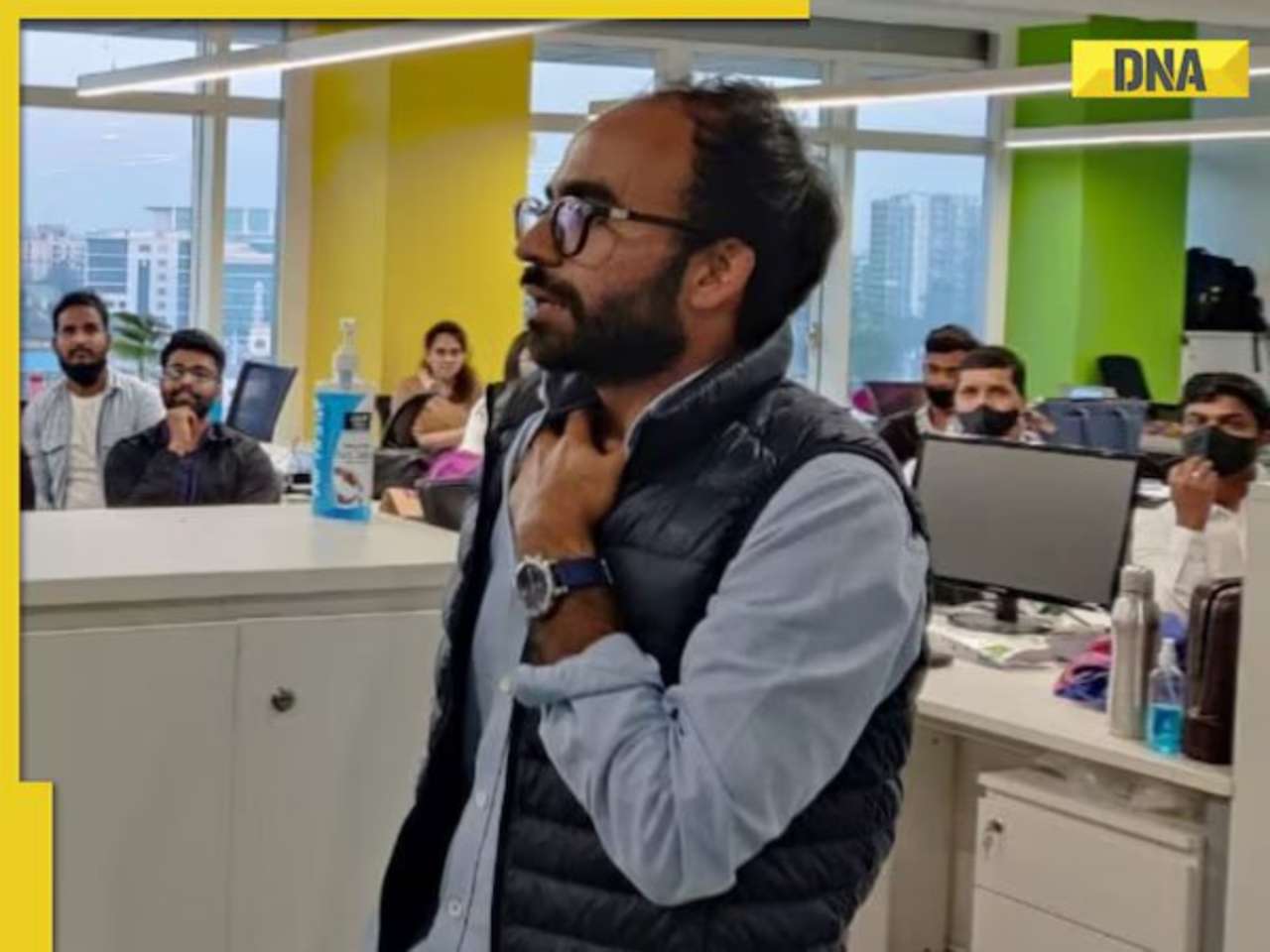
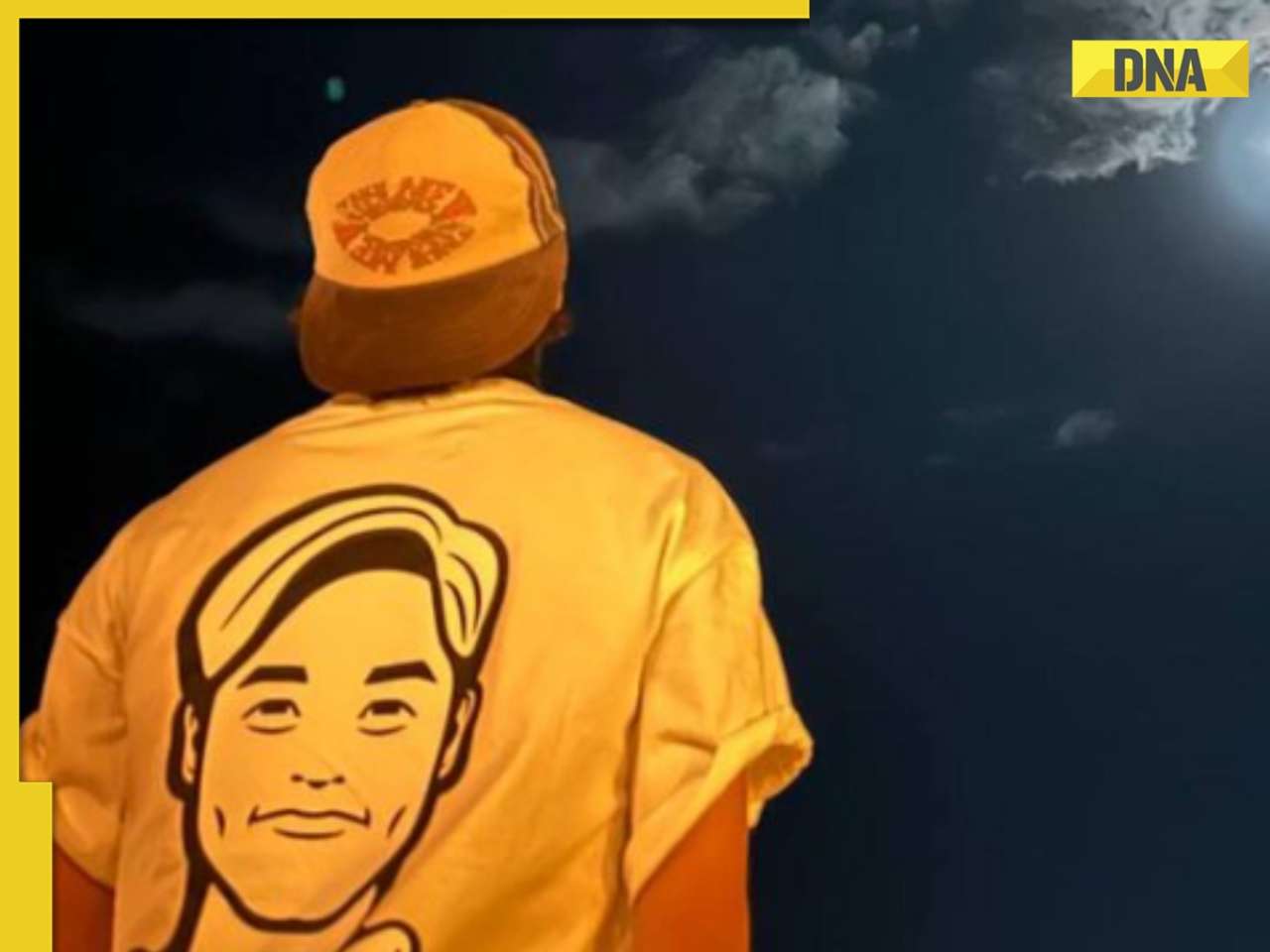
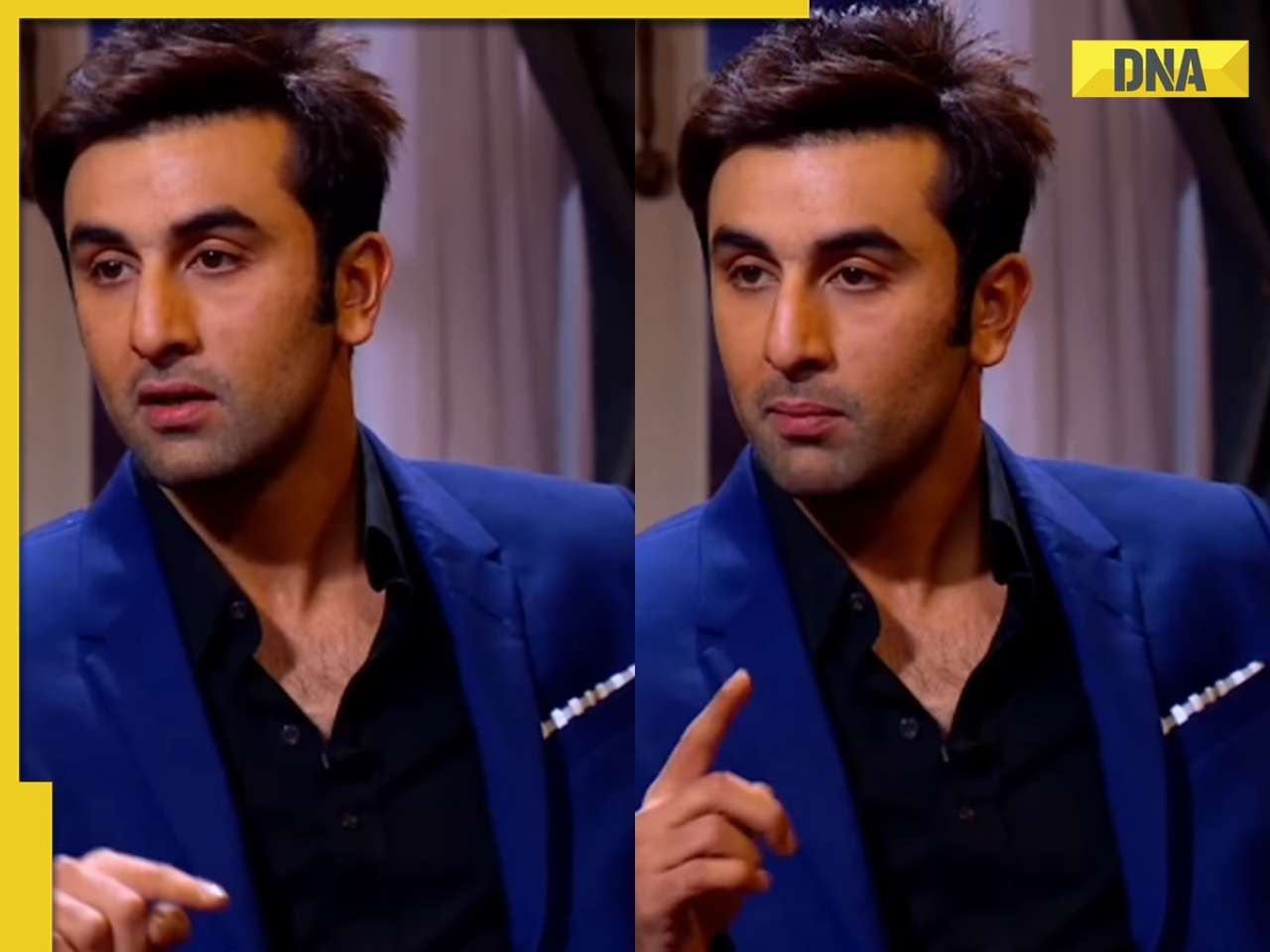




















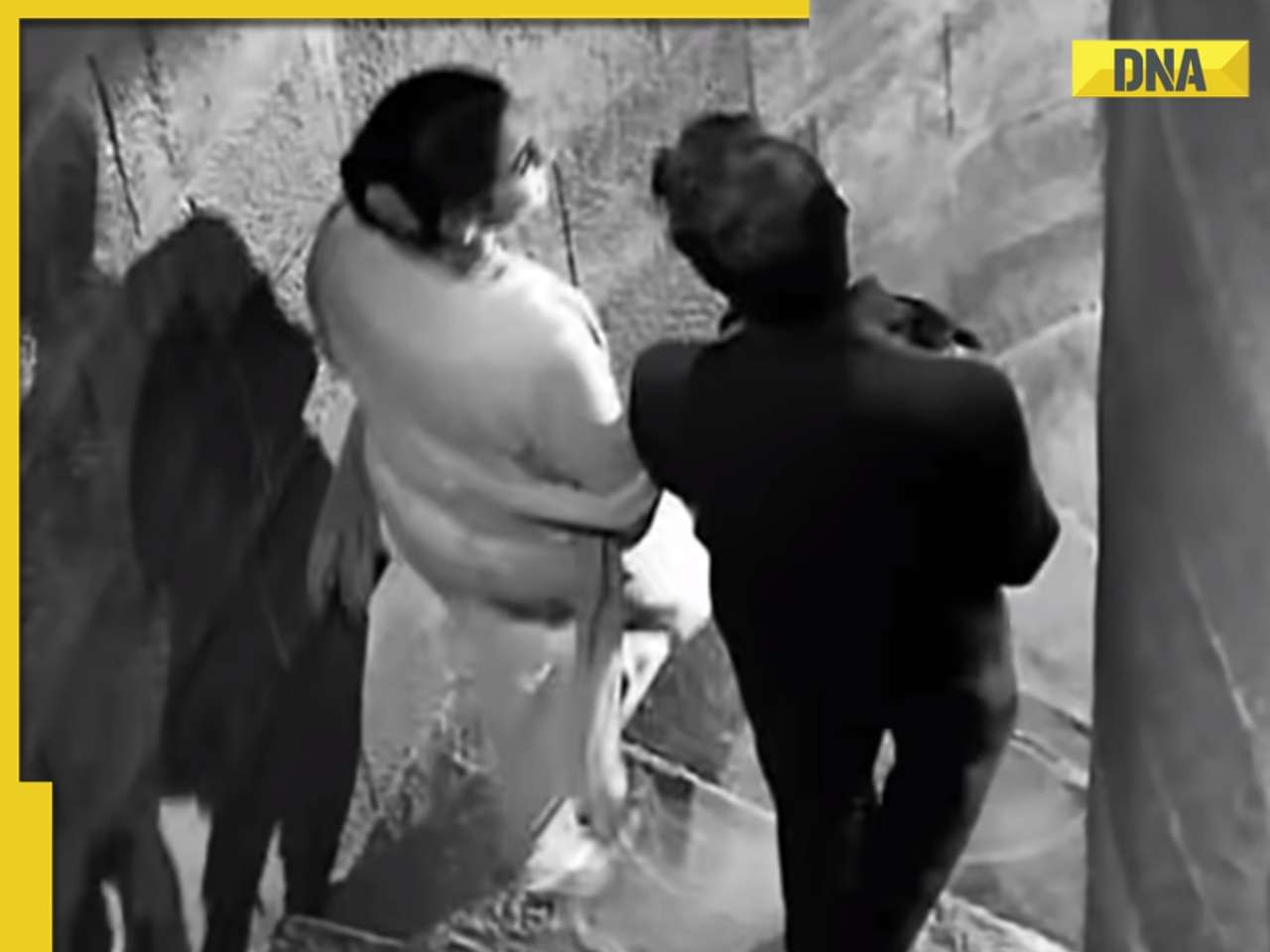
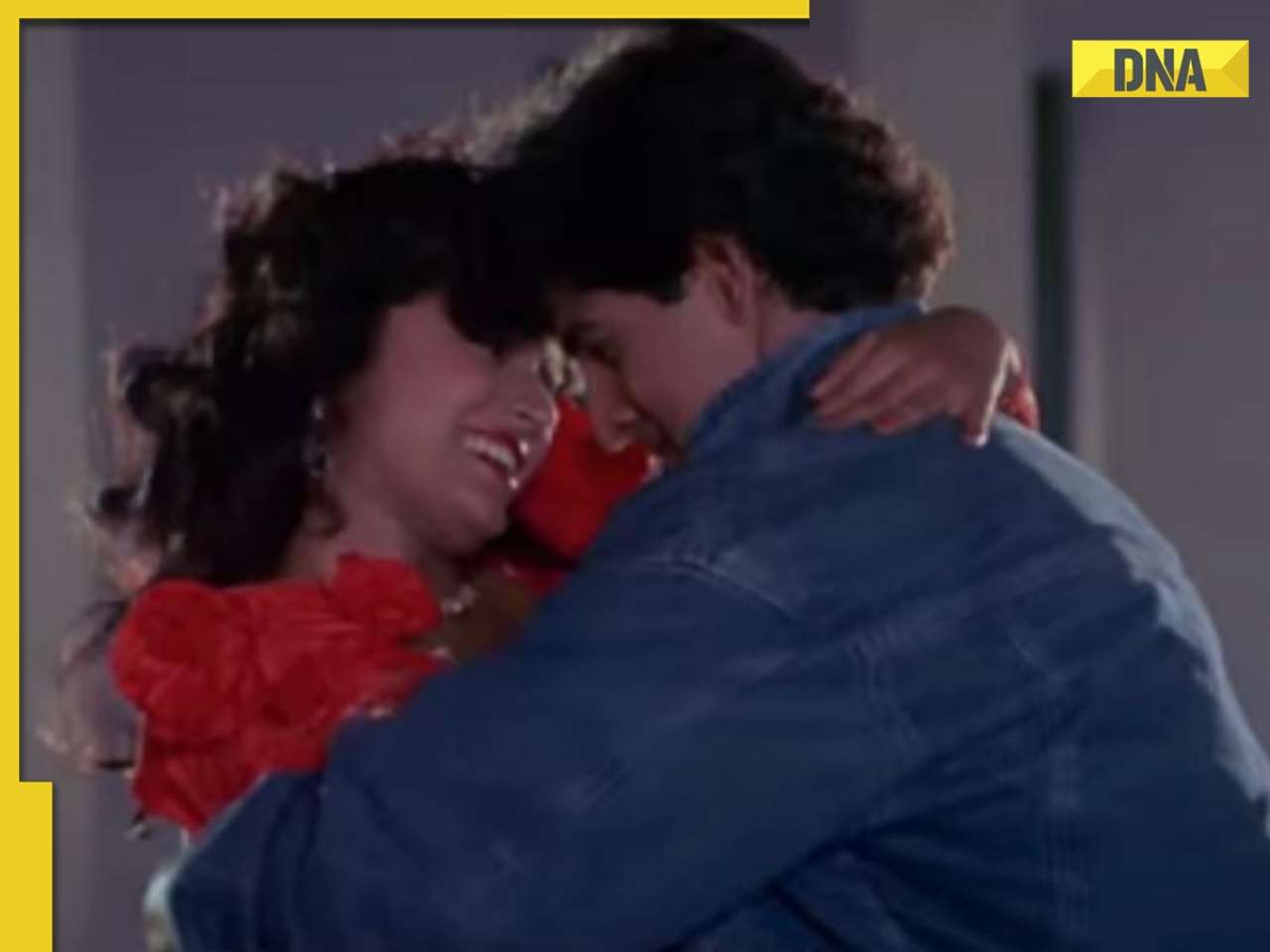



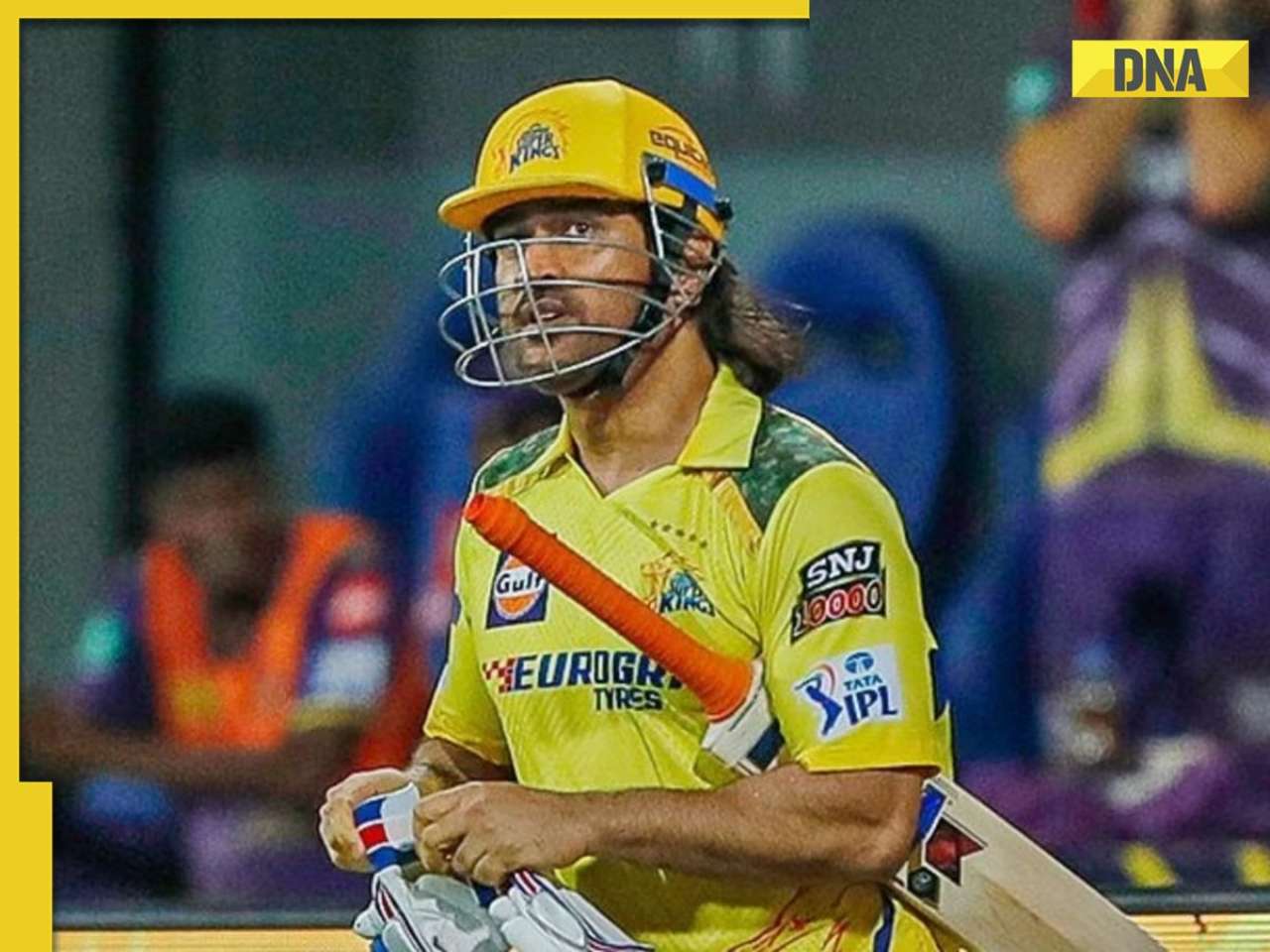
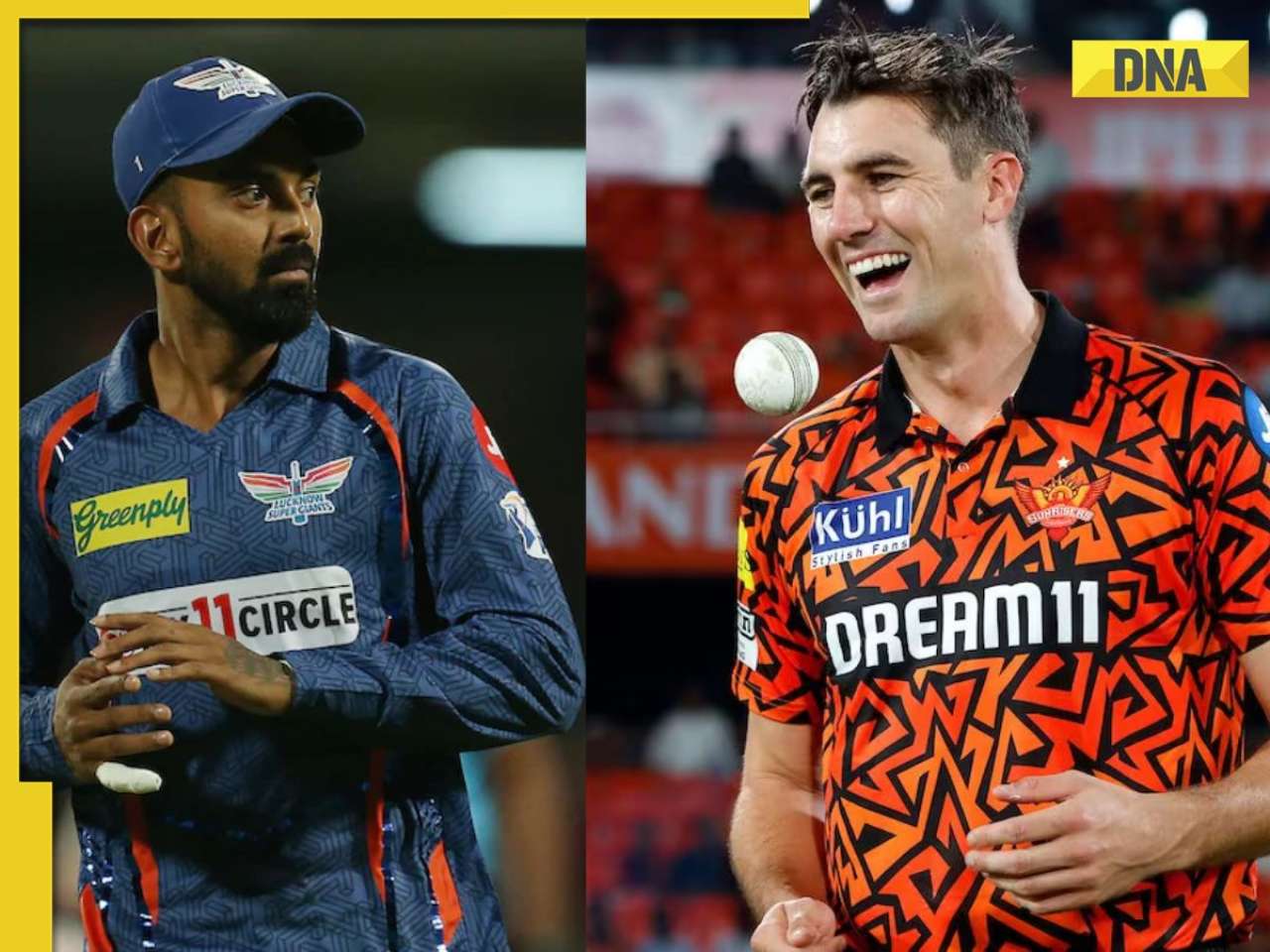
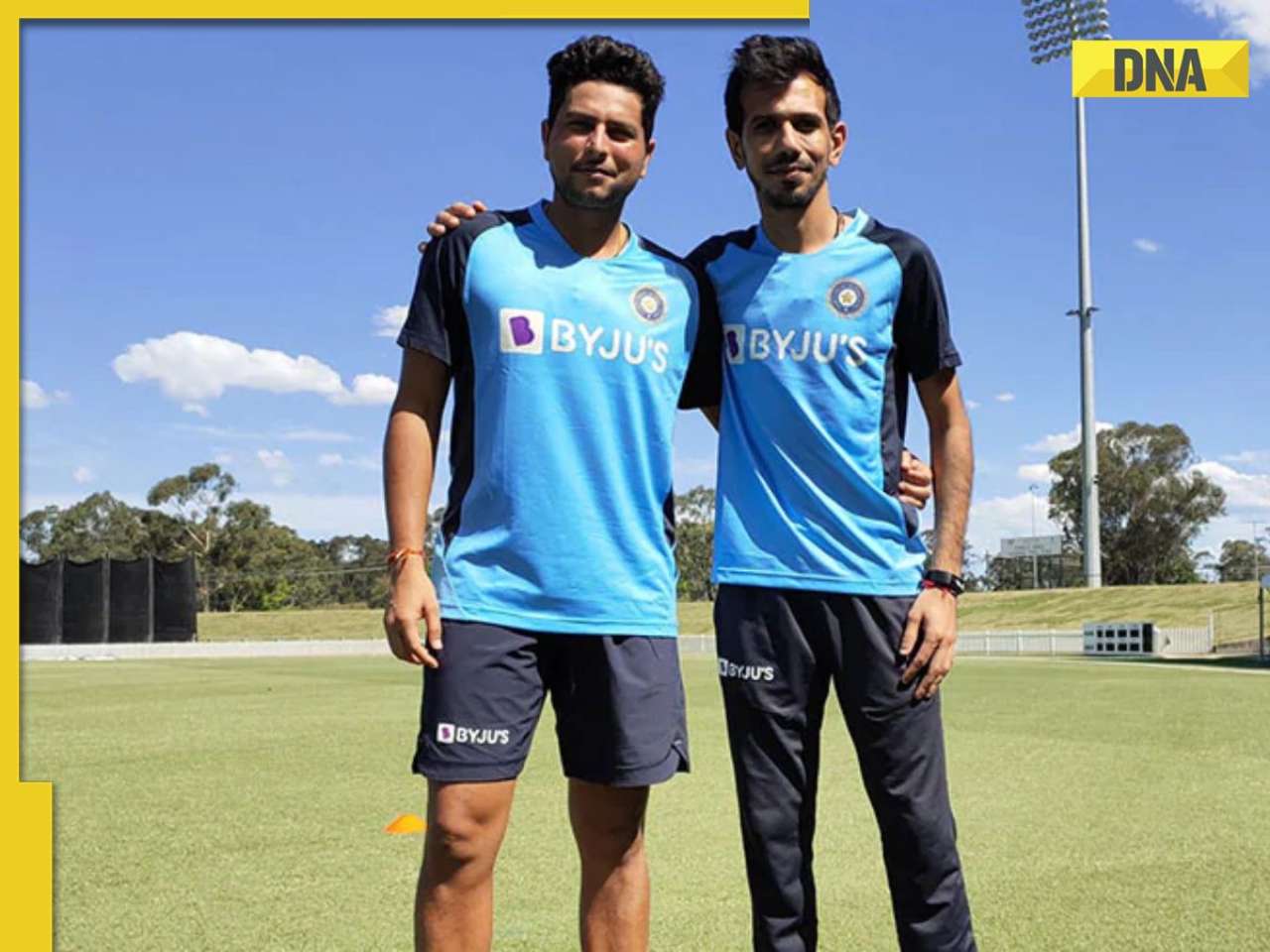






)









)
)
)
)
)
)